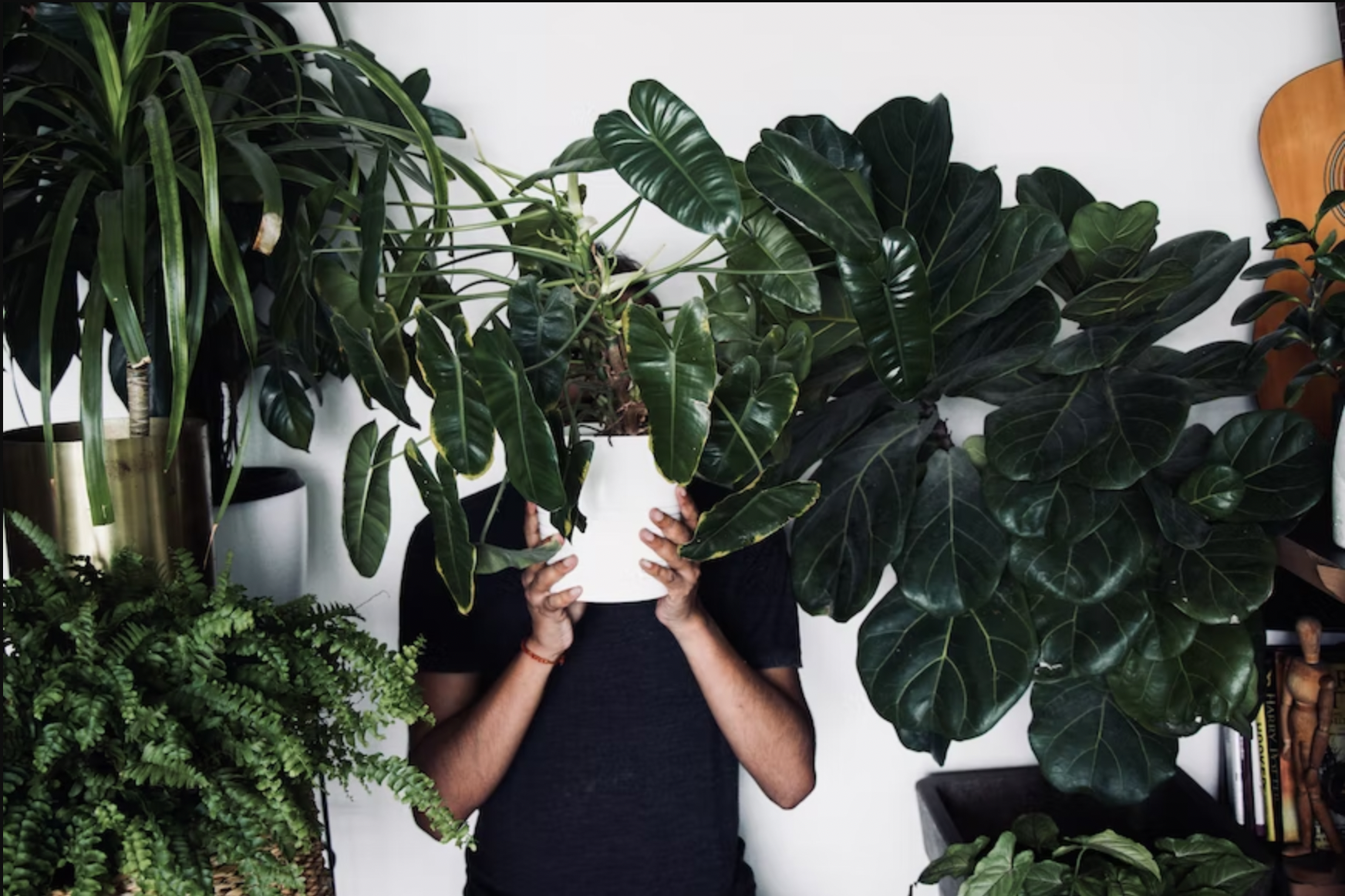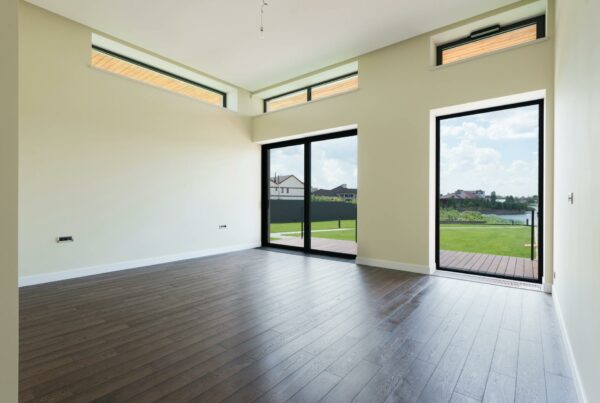Last Updated on January 3, 2023
Your home is a place to do all kinds of things. It should be functional enough to provide space and relaxation. Designing it well is also necessary for aesthetic reasons.
One of the ways to design your home is by integrating nature into it. This is proven by many homeowners who have embraced indoor gardening in their daily routines. According to Statista, 37.6 million US households participated in this activity in 2020.
Houseplants aren’t just decorations because they can also bring plenty of benefits. These benefits may include purifying the air, enhancing productivity, improving mood, and reducing stress. A couple of hard-to-kill houseplants can do these.
Finding hard-to-kill houseplants can be time-consuming. To help you out, keep reading to learn the best hard-to-kill houseplants for your home.
What are hard-to-kill houseplants?
Hard-to-kill houseplants don’t mean they can’t be killed. They’re called such because they are plants that can be low maintenance.
These plants are ideal for indoor gardening because their plant care may require little sunlight, watering, and repotting. They can also have the ability to store water, making them drought-tolerant.
Image by Alena Ganzhela on Unsplash
Hard-To-Kill Houseplants for Your Home
After knowing what hard-to-kill houseplants are, it’s time to learn what kinds you can try to take care of. Below are the hard-to-kill houseplants that are ideal to use in your home.
1. Chinese evergreen
The first hard-to-kill houseplants you can use are the Chinese evergreens. They’re also called aglaonema and are mostly known as decorative plants.
Chinese evergreens have dark green, oval, and lance-shaped leaves that may be four to eight inches long and two to three inches wide. These leaves can also have various colors that may match your aesthetic liking.
More than their visual qualities, they’re easy to care for. They can adapt to indoor conditions, such as low light and dry air. Additionally, they’re low maintenance.
You can grow them in containers, pots, and walkways. Their soils should be moist from spring to fall.
2. Pothos
Pothos is also called the “devil’s ivy.” They gained this nickname because they’re hardy and can stay vibrant even in darkness. Their leaves are green and heart-shaped with white, yellow, or light green streaks.
They are beginner-friendly because they can tolerate various plant conditions, including low, medium, and high indirect lights. You should only water them every one to two weeks. If you’re aiming to use them for aesthetic purposes, you can use them as decorations because of their long vines.
3. Aloe vera
Aloe veras are succulent plants with gray to green leaves with white spots. Their main characteristics are their pointy and pinkish spines along the edges.
These plants are easy to care for and are known for their cosmetic uses. They contain a colorless gel that may be found in many skincare and medicinal products. Using this can provide health benefits, especially for your skin.
They can beautify your home, and at the same time, you may use an organic skincare product from them.
4. Spider plant
Spider plants are one of the most well-known houseplants. They gained their name from their long stems that resemble spiders. These stems can be trimmed or left as they are.
These plants are popular with beginners because they can be easy to care for, grow, and reproduce. Moreover, they can thrive in many indoor conditions.
They may need a medium to bright indirect light to grow indoors. They can also do well with average humidity and temperature.
5. Snake plant
Snake plants are among the easiest houseplants to care for. They’re also referred to as the “mother-in-law’s tongue.” This nickname was derived from their pointy tips symbolizing a mother-in-law’s sharp tongue.
These pointy tips come from sword-like leaves that may be six to eight inches long. They can thrive in various light conditions but can grow slowly indoors. Increasing their sunlight exposure can make them grow better. They’re also not ideal for overwatering.
6. ZZ plant
ZZ plants have upward, deep green, shiny, and oval-shaped leaves, making them ideal as home decorations. Although they’re known for decorative purposes, they’re also hardy.
This hardiness means that they can be low maintenance and withstand many indoor conditions. It’s important to note that they shouldn’t be exposed to direct sunlight. They’re best put in low-light areas because enough light will do.
7. Ficus elastica
Ficus elastica is commonly known as the rubber plant. In their natural habitats, they can grow large. For indoor gardening, you can control their size. They thrive the best in medium light and average room temperatures.
Since they’re usually large, they can brighten the dark corners of your home. Their plant care may not be easy, especially if you’re a beginner gardener. Some popular varieties you can grow are robusta, Tineke, Belize, ruby, and Melany.
8. Peace lily
Peace lilies are sometimes called the “closet plant.” They’re called such because they’re known to only need little light. Low-light areas are the best place to put them in your home. Their shiny leaves can also tolerate high indirect lights.
These plants also have root systems that may endure many irrigation methods. To grow their white flowers, you should place them near windows to get enough sunlight. For low-light areas, you can use domino peace lilies because they have white streaks that are ideal for aesthetic purposes.
Keep these plants out of your children’s or pets’ reach because they may contain harmful toxins.
9. Jade plant
Jade plants are also part of the succulent plant family. Succulents like them are mainly used as decorations. As hard-to-kill plants, they’re undemanding, making them low maintenance.
They have plump, thick, and rubbery leaves with woody stems. They may grow between three to six feet tall, but slowly. Each year, they can gain two inches.
Their leaves can store water which gives them the ability to be drought-tolerant. They also need adequate sunlight to thrive, so you should place them near windows in your home. However, keep them away from direct light.
10. English ivy
The English ivy is known to be an invasive plant. However, this may be its advantage as a houseplant. This invasiveness can include their root systems’ ability to flare long tendrils that can spread various distances. They can also thrive in all light conditions.
You can use these long tendrils as decorations by hanging them in baskets and growing them in pots. This way, you can control their growth patterns to prevent inconvenience.
11. Ponytail palm
Ponytail palms are known as the “elephant foot tree.” They have this nickname because of their thick trunk and curly, grass-like leaves. They may be easy to find at plant stores.
These plants can grow under sufficient sunlight because they like a bright and warm environment. They can also be low maintenance, making them easy to care for. They may also grow slowly, so their sizes are relatively small.
Some ponytail palm varieties can grow flowers, but this is uncommon for the houseplant varieties.
Take Care of Your Hardy Houseplants
Adding greenery is one of the great options to spruce up your home. Although these houseplants are hard to kill, it doesn’t mean they’re immune to extreme neglect. They may be hardy enough to require minimal effort, but it’s still essential to do proper indoor plant care to keep them healthy.
Most of these hard-to-kill houseplants can also be poisonous, so store them appropriately to prevent harm to your loved ones and pets.





